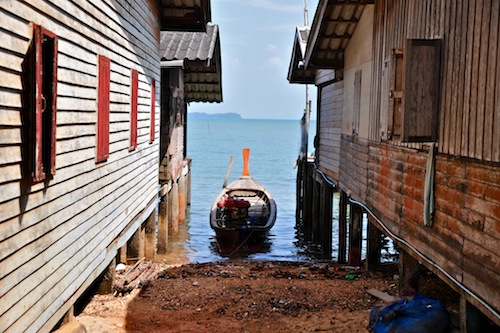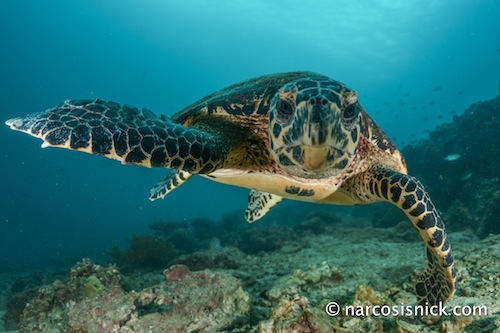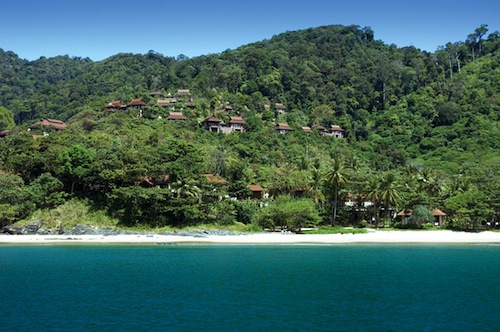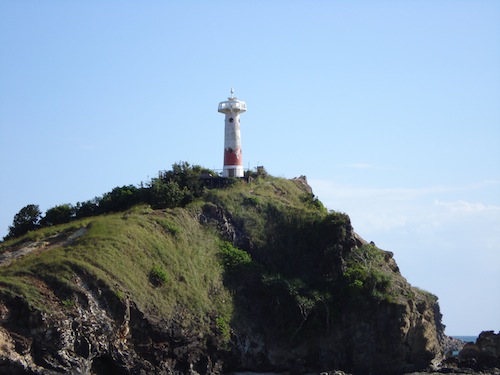Koh Lanta History
Koh Lanta History

Koh Lanta History
Koh Lanta History. Have you ever dreamed of running away to a tropical paradise? What image comes to mind in your fantasy? Long stretches of white sand beaches? Tropical flowers, forests and exotic animals? A gracious and cultured people? You are imagining Koh Lanta Yai.
There are many theories on the meaning of Koh Lanta, but it’s original Malay name Pulao Satak, translates “Island of Long Beaches,” an apropos title , as Koh Lanta has the longest beaches in the Krabi province.
There is also speculation that Lanta refers to the Javanese word for fish grill, or perhaps comes from the Chinese Lanta, “a million eyes”. The name itself suggests the mystique and diversity of the island.
Koh Lanta Yai
Koh Lanta Yai is the largest of 52 islands in an archipelago protected by the Mu Koh Lanta Marine National Park, a more recent addition to Thailand’s 62 national parks and reserves.
Many of the islands of Mu Koh Lanta are uninhabited and some can be reserved for an overnight stays for a truly remote and unusual experience.
Koh Lanta Yai was relatively untouched by tourism until the late 1980’s when it was “stumbled upon” by Swedish backpackers.

Koh Lanta History
Nature Lover’s Paradise
Though Koh Lanta now has some of the consumer attractions of neighboring Koh Phi Phi and Phuket: luxury resorts, beachside bars, restaurants, nightclubs and shopping, it has managed to maintain its reputation as a quiet destination.
Its resident population prefers it remain, family friendly, romantically remote— a nature lover’s paradise.
When 24 hour electricity was installed in the late 1990’s it swiftly became a hidden gem vacation spot because of the thousands of meters of white powder sands that stretch along the island’s west coast, almost 20 square miles of tropical rainforest, and what many visitors call “its laid back vibe”

Koh Lanta History
Koh Lanta’s History
The island was originally peopled some 500 years ago by the Chao Leh (people of the sea), a seafaring Indo-Malay tribe known also known as the Sea Gypsies whose tribal culture boasts more than a thousand year history. Remnants (approx. 400) of the Chao Leh occupy the Southern village, Sang Ga-U. They still live in communion with the sea, but now have more permanent residences, small beach abodes, raised on stilts.
Also in southern Koh Lanta, is Old Lanta Town. It was originally a Chao Ley village but became Koh Lanta’s main port for Chinese and Arabic ships sailing the Phuket-Penang-Singapore trade route. As the Koh Lanta mariner’s industry grew, Chinese traders populated the village. The outcome of this shift is visible in the 100 year old district of streets lined with teak houses, Chinese lanterns and birdcages issuing tropical birdsong.
Koh Lanta People

Koh Lanta History
Koh Lanta’s approximately 10,000 indigenous population (total population is about 20,000) are of mixed race Muslim-Chinese decent, and Malay Urak Lawoi, the largest of three groups of the Chao Leh. Some sources say 80% of Koh Lanta’s indigenous population is Muslim, making it the largest ethnic group on the island.
Koh Lanta’s Muslim’s practice of Islam is moderate and non-violent, thus Koh Lanta doesn’t contend with the problems of Thailand’s far south religious strife.
Koh Lanta’s can rightfully claim a diverse population that always exceeds tourist in number: Malay- Muslims, Buddhist-Chinese (the prevalent religion in Thailand), the animist Urak Lawoi. Also, though not indigenous, there’s a large community of modern yogis, and community-minded international expats. People of varied ethnicity, faiths and philosophies live harmoniously on Koh Lanta, possibly due to the intricate customs of respect of caste shared by both the Muslim and Hindu-Buddhist traditions.
If beauty, peace and harmony is what you seek, Koh Lanta is the place for you.


